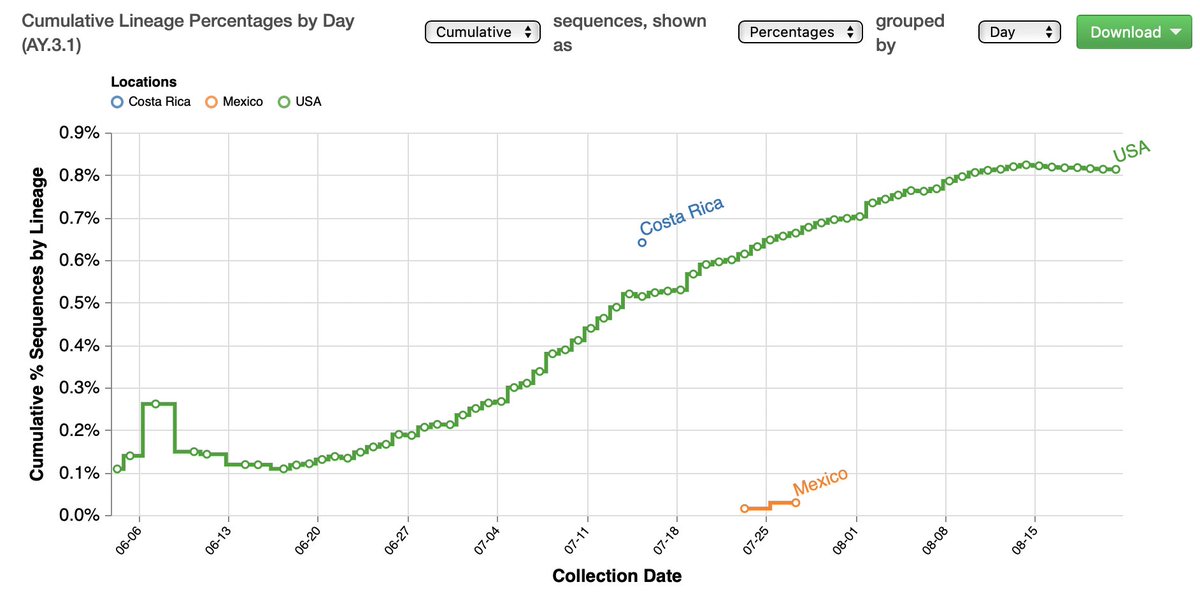
On the new US pandemic preparedness plan...
One of the goals is to: Prevent laboratory accidents and deter bioweapons development.
whitehouse.gov/wp-content/upl…
One of the goals is to: Prevent laboratory accidents and deter bioweapons development.
whitehouse.gov/wp-content/upl…

"There are compelling reasons to expect that the frequency [of outbreaks] will increase.. laboratories around the world handling dangerous pathogens is growing in part as a response to increasing pandemic risk, boosting the likelihood that a contagious pathogen could be released" 

The old ways by which infectious diseases emerge have not suddenly disappeared. As the plan notes, there are now increased zoonotic transmissions from animals driven by human population growth, climate change & habitat loss.
But there are also new ways: lab release, bioweapons.
But there are also new ways: lab release, bioweapons.
These new ways are also not that new. In the last century, there have been numerous accidental lab releases of both previously known and novel pathogens.
As scientists discover and even create more novel pathogens, this risk will escalate unless we start to regulate the work.
As scientists discover and even create more novel pathogens, this risk will escalate unless we start to regulate the work.
1967 Marburg virus first discovered when it leaked at 3 different labs; 31 infected, 7 died.
1977 H1N1 influenza pandemic killed ~700,000 people, likely caused by lab accident or botched vaccine trial.
1979 Anthrax leaked from a Soviet military facility; 94 infected, 64 died.
1977 H1N1 influenza pandemic killed ~700,000 people, likely caused by lab accident or botched vaccine trial.
1979 Anthrax leaked from a Soviet military facility; 94 infected, 64 died.
There are so many lab leaks in the 21st century, you're going to have to buy a book to read up on them.
One that resulted in a large outbreak (10,000+ infected) occurred in late 2019. upi.com/Top_News/World…
One that resulted in a large outbreak (10,000+ infected) occurred in late 2019. upi.com/Top_News/World…
For people who must read about lab leaks now, I recommend these 2 post-covid articles:
By @rowanjacobsen
motherjones.com/politics/2020/…
By @alisonannyoung
usatoday.com/in-depth/opini…
By @rowanjacobsen
motherjones.com/politics/2020/…
By @alisonannyoung
usatoday.com/in-depth/opini…
• • •
Missing some Tweet in this thread? You can try to
force a refresh









